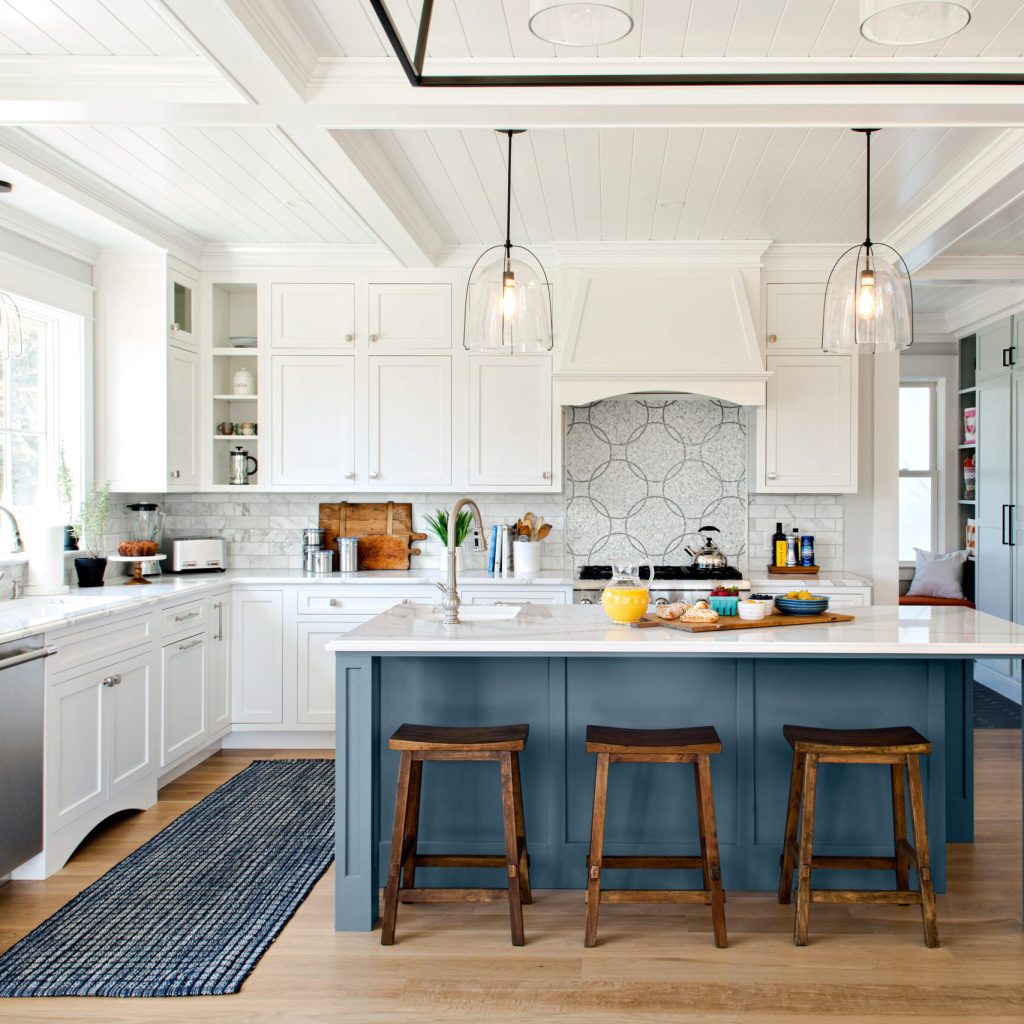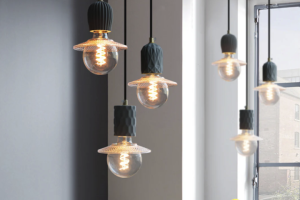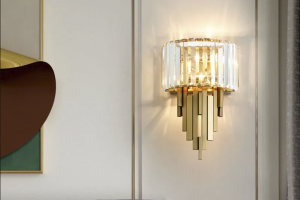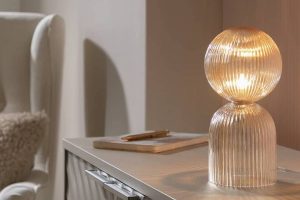The Origins of Bauhaus Lighting
The Bauhaus movement emerged in Germany in the early 20th century as a response to the industrialization and mass production of goods. Founded by Walter Gropius in 1919, the Bauhaus school aimed to integrate art and design with industry, creating practical and functional objects that were aesthetically pleasing. The school’s approach to design became known as the Bauhaus style, characterized by geometric shapes, clean lines, and minimal ornamentation.
One of the key areas where the Bauhaus style was applied was lighting design. The school’s designers sought to create lighting fixtures that were not only functional but also elegant and timeless. Their approach was based on the idea that beauty could emerge from utility and simplicity.
The Principles of Bauhaus Lighting
At the heart of Bauhaus lighting design were several key principles:
Form Follows Function
This principle was central to the Bauhaus movement as a whole, and lighting design was no exception. According to this principle, the form of an object should be determined by its function, meaning that the design of a lighting fixture should reflect its purpose and the type of light it is meant to emit. This led to the creation of fixtures that were not only visually striking but also highly practical and functional.
Simplicity and Minimalism
Another key principle of Bauhaus lighting design was simplicity and minimalism. The school’s designers aimed to create fixtures that were stripped of unnecessary ornamentation and focused on clean lines and geometric shapes instead. This allowed the beauty of the materials and the form of the fixture to speak for themselves, creating a timeless and elegant aesthetic that still resonates today.
Use of New Materials and Techniques
During the early 20th century, the Bauhaus movement was at the forefront of innovation in design, and lighting design was no exception. The school’s designers experimented with new materials and techniques, such as tubular steel, chrome plating, and molded plastics, to create fixtures that were both functional and visually striking. This approach revolutionized the lighting industry, paving the way for the use of new materials and techniques in modern lighting design.
Examples of Bauhaus Lighting
Some of the most iconic examples of Bauhaus lighting design include:
The Wagenfeld Lamp
Designed by Wilhelm Wagenfeld in the late 1920s, the Wagenfeld Lamp is a true Bauhaus icon. The lamp features a simple, spherical glass shade suspended from a chrome-plated metal stem, with a black fabric cord. Its clean, elegant design has made it a classic of modern lighting design, and it is still in production today.
The Marianne Brandt Lamp
Designed by Marianne Brandt in the late 1920s, this lamp is another classic of Bauhaus lighting design. The lamp features a simple, cylindrical metal shade with a flat top and angled edges, suspended from a chrome-plated metal stem. Its minimalistic design and use of industrial materials make it a quintessential example of Bauhaus aesthetic.
The Kaiser Idell Lamp
Designed by Christian Dell in the early 1930s, the Kaiser Idell Lamp is a prime example of the Bauhaus approach to lighting design. The lamp features a simple, curved metal shade and a cylindrical metal stem, with a round base. Its streamlined design and use of industrial materials, such as steel and chrome, make it a timeless classic.
The Legacy of Bauhaus Lighting
The Bauhaus movement transformed the world of design in the early 20th century, and its influence is still felt today. The principles of Bauhaus lighting design, such as simplicity, functionality, and the use of new materials and techniques, paved the way for the creation of modern lighting fixtures that are both beautiful and functional. The legacy of Bauhaus lighting can be seen in the work of contemporary lighting designers, who continue to draw inspiration from the school’s principles and aesthetic.





More Posts
Creative Studio Essential: Industrial Gear Pendant
Vintage Industrial Bulb Chandelier for Loft Spaces
Enhance Your Space with a Luxe Crystal Wall Lamp